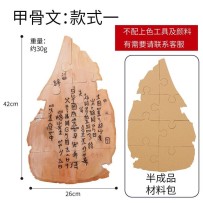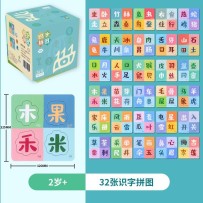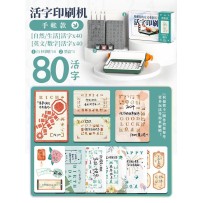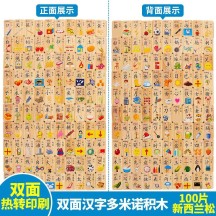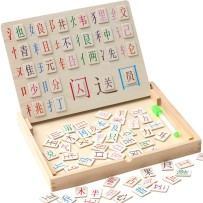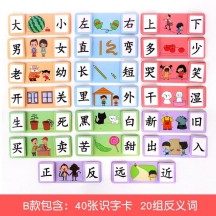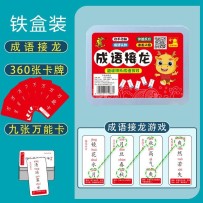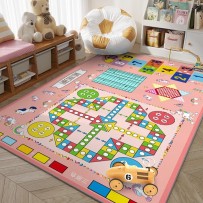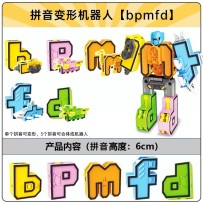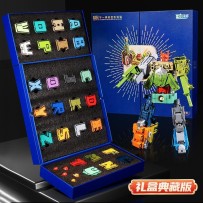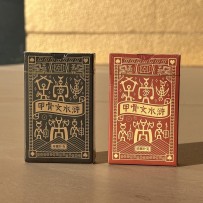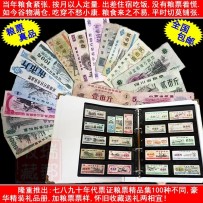Character Learning
Oracle bone script, also known as “Qiwens” (inscriptions), turtle shell script, Yinxu script, or oracle bone divination inscriptions, refers to the characters inscribed on turtle shells or animal bones used by the royal family during the late Shang Dynasty for divination and record-keeping. It is the earliest known systematic and mature writing system in China and throughout East Asia.
The typebars inside a typewriter are essentially individual movable type blocks. Designing a new movable type printing press using the appearance of a typewriter represents a natural continuation of the evolution of written culture.
Therefore, we drew inspiration from one of China’s Four Great Inventions — movable type printing — and combined it with the modular design of building blocks. Infused with the modern form of a typewriter, we have created a brand-new movable type printing press.
Dominoes are rectangular tiles made of wood or plastic. When playing, the tiles are arranged in a line at set intervals. By gently knocking over the first tile, the rest fall in sequence, creating a chain reaction. Dominoes are not only a game, but also a sport—and even a form of culture.
Idiom Solitaire is a word game in which players continue the chain by using the last character of one idiom as the first character of the next. This game is not only entertaining but also helps improve language skills, preserve cultural heritage, promote social interaction, and support emotional well-being.
These creatively designed playing cards make oracle bone script appear adorably charming. Each card is like a window into ancient civilization, allowing everyone to learn more about oracle bone script through interactive gameplay. This fresh and engaging approach deepens the understanding and memory of characters from Water Margin, encouraging more people to appreciate and take interest in oracle bone script, and to experience the beauty of Chinese charac
Ration coupons are products of a specific historical period, symbolizing the planned economy, material shortages, and the state's efforts to ensure people's livelihood. They were not merely vouchers for purchasing grain, but also a reflection of the economic system and social life of that era, carrying the memories and cultural significance of a particular time in history.





